When it comes to a field as fast-moving and as high of stakes as genetic engineering, how do we proceed wisely? How do we balance our own wildness and civility as we develop increasingly powerful ways to interact with the living world?
Archive (Page 2 of 3)
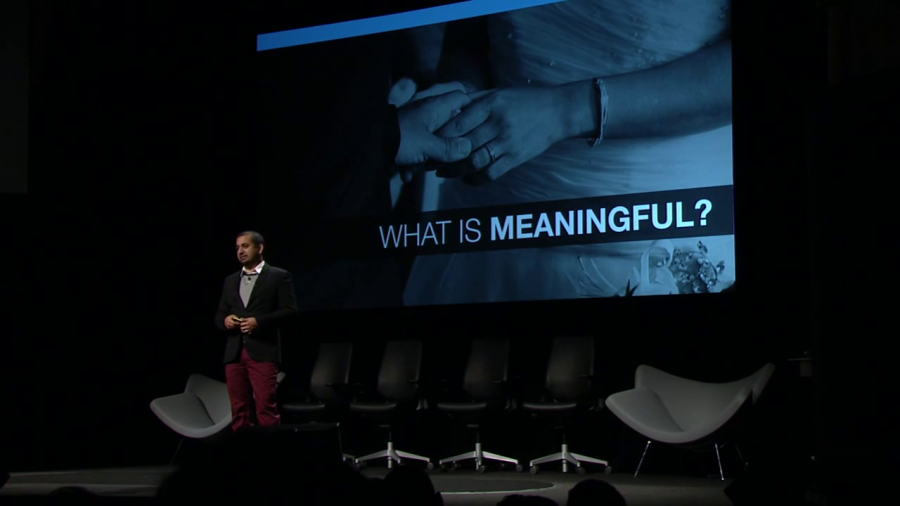
I’m glad those social networks provide those services. I think it’s important for the dialogue to happen that way. But it can’t be the only way for us to have public discourse. Online, we only have these spaces that are owned by private companies. We don’t have public parks.
We are in the midst of a shift in how we encounter information. And we’re wrestling with three paradigms at the same time. The oldest of these paradigms, for for most of us, is edited media. … You have a powerful gatekeeper, the newspaper editor, who says, “Here are things you need to pay attention to today. Give this a small amount of your time, and you will be roughly up to date with what you need to know.”
Everything we know about biological sciences, medicine, agriculture, disease, whatever, is based on studying one example of life. Life on Earth. Life as we know it. If we find another example that’s different, a second genesis, and independent origin of life, comparing those two might enable us to answer questions that we would never be able to answer if we only had one example to study. That could provide practical benefits for humans as well as better understanding of how to manage ecosystems, etc.

Sara Hendren: One proactive thing we do with students at Olin in their first year on team collaborative projects is we have them identify and separate the team’s goals from their individual learning goals.

I like to diversify the way that we work with technology, and I like to think of it as an art object, and an installation where we rethink and reinvent computation, especially focusing on alternative possibilities of the computer as not driven by war agendas or corporate mass production.
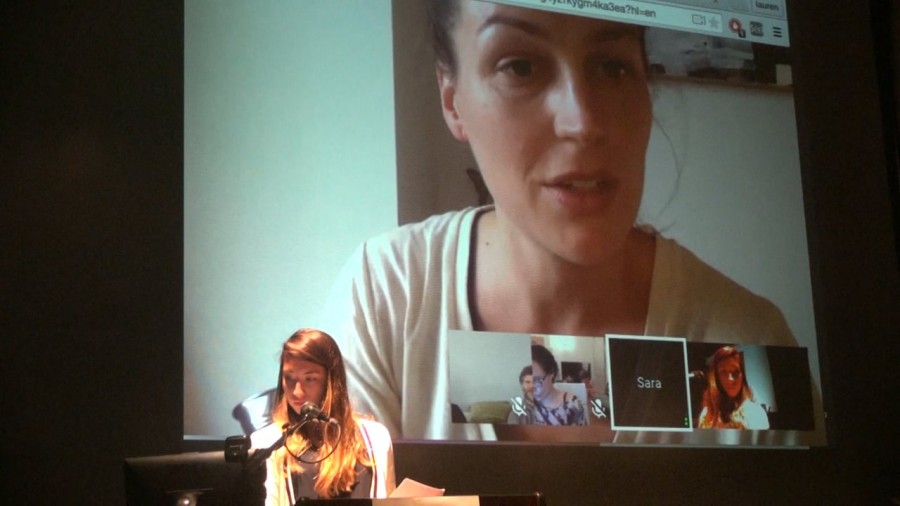
I want to talk about a general disposition toward ability and disability that I try to embody in my own work and the work that I do with students. That disposition is a kind of productive uncertainty in engineering and design.
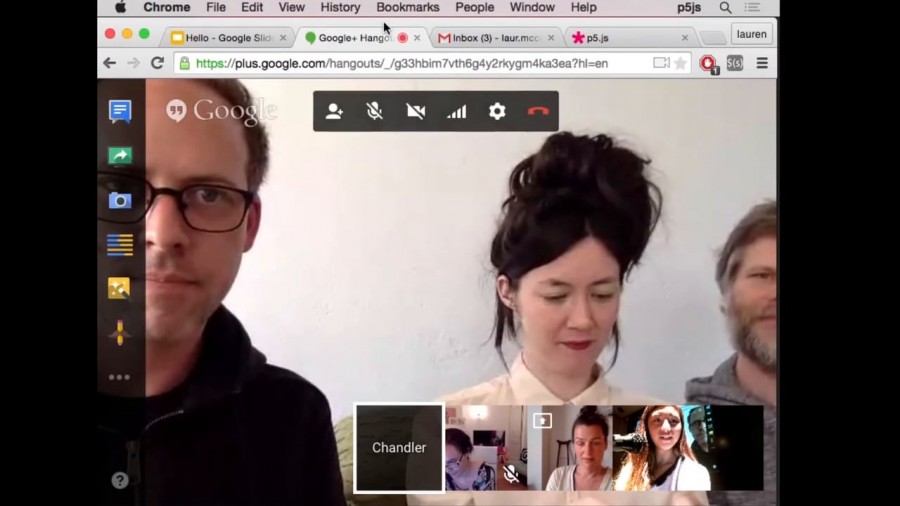
I wanted to give a talk on how to be an ally but I can’t really give that talk, so this is not a talk on how to be an ally. It’s a talk about trying to become one.
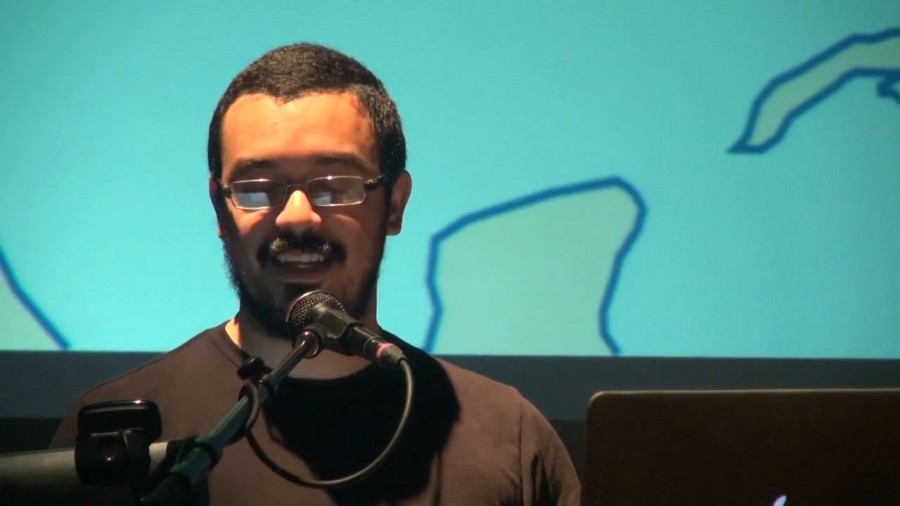
Puerto Rico has been developing an interesting art and technology community for the past few years, and it would not have happened at all if it weren’t for two people, Carola Cintrón Moscoso and Alejandro Quinteros.
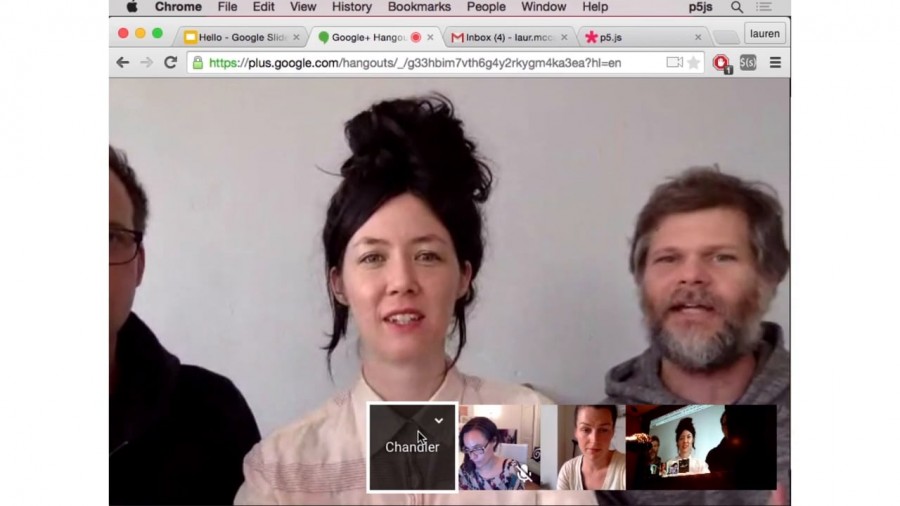
The way that you think about software affects the kinds of things that you can do. Traditionally you would learn computer programming through operating on math, or operating on language, and in order to bring these ideas into the visual arts we decided to build a custom language that allowed people to have visual expressions.

